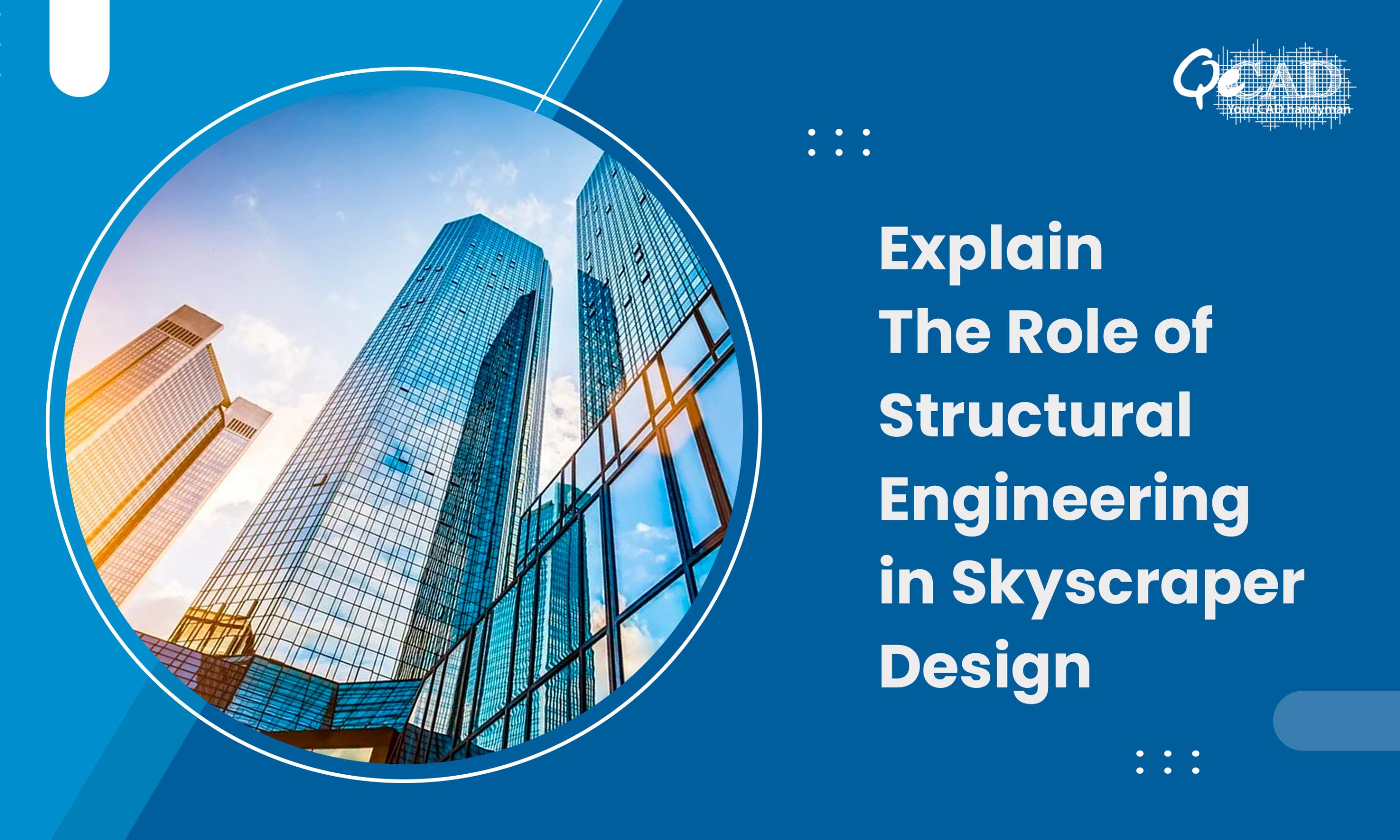
Introduction to Structural Engineering in High-Rise Buildings
Structural engineering plays a pivotal role in the design, construction, and maintenance of high-rise buildings, which are defined as structures exceeding a certain height—generally more than 75 feet or approximately 7 stories. As the global population grows and urban areas become denser, cities increasingly rely on these towering structures to optimize space. But what goes into ensuring these giants are safe, sustainable, and enduring? This is where Structural BIM Services becomes indispensable.
Understanding Structural Engineering in the Context of High-Rise Buildings
Structural engineering is a dedicated field under the umbrella of civil engineering that concentrates on the framework of structures ensuring their strength, stability and resistance to external forces. In the case of high-rise buildings, structural engineers design frameworks that can support significant loads and withstand environmental pressures such as wind, seismic activities and temperature variations.
Key Concepts in Structural Engineering for High-Rise Buildings:
- Load-Bearing Design: High-rise buildings need a robust system to distribute vertical and horizontal loads efficiently. This comprises of the dead loads, i.e. the structure’s own weight, the live loads, that includes occupants and others objects as well as environmental loads like wind, snow and seismic forces.
- Wind Resistance: Due to their height, the high-rise structures face considerable wind pressure. The structural engineers must incorporate design strategies like aerodynamic shaping or the use of tuned mass dampers to minimize the sway and enhance stability.
- Seismic Design: In regions prone to earthquakes, the structural engineers utilize advanced techniques to make buildings more flexible and absorb shock without collapsing. This can include base isolation systems and energy dissipation devices.
- Material Strength and Flexibility: The choice of materials—steel, concrete, or hybrid systems—is crucial. High-rise buildings often use composite materials that combine the strength of steel with the compressive capabilities of concrete to create flexible yet durable frameworks.
Why Structural Engineering is Important in High-Rise Buildings?
1) Safety and Stability:
The primary responsibility of structural engineering in high-rise construction is ensuring the safety as well as the stability of the structure. This involves designing the structure that can withstand extreme forces without succumbing to failures. The tragic collapse of buildings due to inadequate structural planning has underscored the importance of meticulous engineering and adherence to stringent codes.
2) Optimized Space Utilization:
Structural engineering allows the architects to create tall buildings with complex geometries thereby optimizing the space usage in crowded urban areas. The use of advanced technologies like CAD and BIM helps engineers and architects collaborate seamlessly, integrating safety along with the aesthetics.
3) Sustainability:
Modern structural engineering incorporates sustainable practices thereby ensuring that high-rise buildings not only meet today’s needs but are also prepared for the future environmental challenges. This entails incorporating energy-efficient systems, sustainable materials, and passive design features to minimize the carbon footprint.
4) Cost-Efficiency:
While constructing a high-rise building is a significant investment still the strategic structural engineering can lead to cost savings over the long term. This includes using apt Steel Detailing Services for fluent fabrication, innovative materials that require less maintenance and adopting designs that do optimize energy use ultimately contributing to lower operational costs.
5) Adaptability to Technological Advancements:
Structural engineering in high-rise buildings is continuously evolving with the advancement of technology. The incorporation of tools like computer simulation, artificial intelligence (AI) and real-time monitoring systems helps engineers to predict how buildings will react under various conditions thereby allowing for proactive adjustments and reinforcing the overall resilience of the structure.
Modern Innovations in Structural Engineering
- Smart Materials: Recent advancements have introduced many materials that can self-heal or adapt to the changes in the environmental conditions. These materials are leading the patch for the buildings that can respond dynamically to the stress or damage.
- Modular Construction: The use of prefabricated modules accelerates the building process and enhances the precision while maintaining the structural integrity.
- Sustainable Design Practices: Engineers are now prioritizing the integration of renewable energy sources like solar panels and wind turbines into building designs to enhance energy efficiency.
Case Study: Iconic High-Rise Structures and Their Engineering Marvels
- The Burj Khalifa (Dubai, UAE): As the tallest structure across globe, the Burj Khalifa stands at an awe-inspiring 828 meters (2,717 feet). Its structural design is a Y-shaped cross-section which was chosen to reduce the wind forces on the building. The tower’s tapering profile allows for reduced wind loads and also its reinforced concrete core gives it stability.
- Taipei 101 (Taipei, Taiwan): Located in a seismic zone, Taipei 101 incorporates a tuned mass damper—a massive pendulum that sways in the opposite direction of the building’s movement to counteract swaying due to strong winds or earthquakes.
- The Shard (London, UK): A marvel of modern engineering, The Shard utilizes a steel frame with glass panels. It boasts a robust framework to bear heavy wind loads while maintaining an elegant aesthetic that harmonizes with London’s skyline.
Conclusion
Structural engineering is not just a component of the construction process but the backbone of high-rise building safety, functionality and sustainability. With cities growing vertically to accommodate their populations, the work of the structural engineers becomes more vital than ever. Their expertise ensures that these towering edifices are not only marvels of design but also resilient, safe and at the same time prepared for the future challenges. Through innovative practices and technological integration, the structural engineering continues to redefine the limits of modern architecture ultimately proving that the sky is not the limit—it’s just the beginning.
